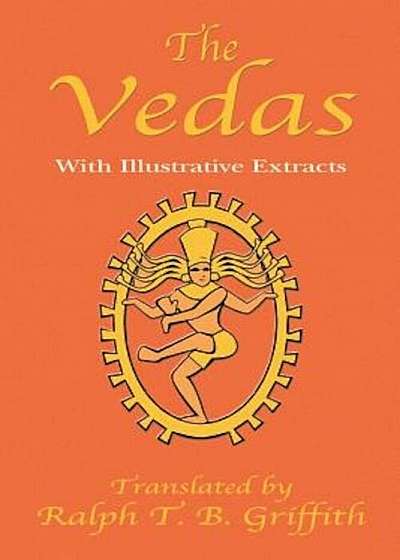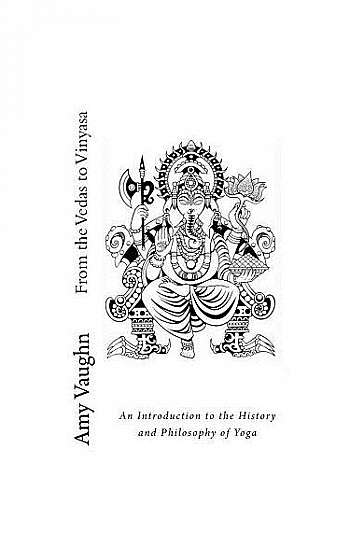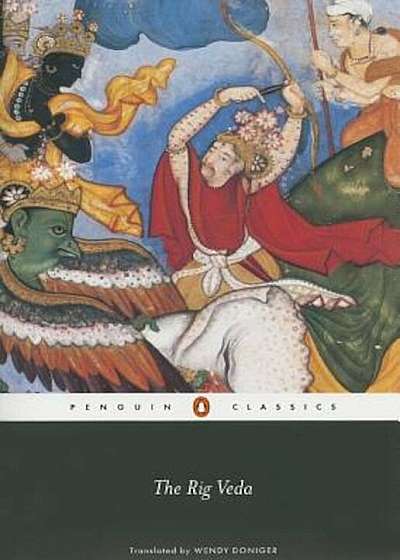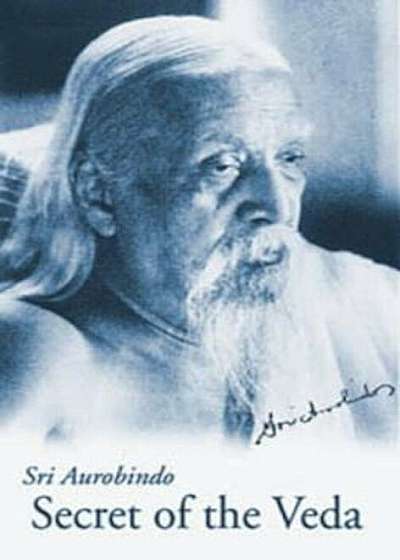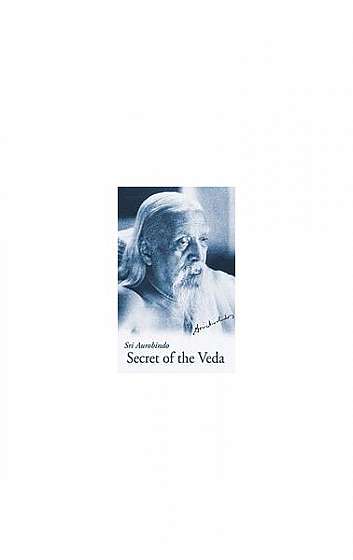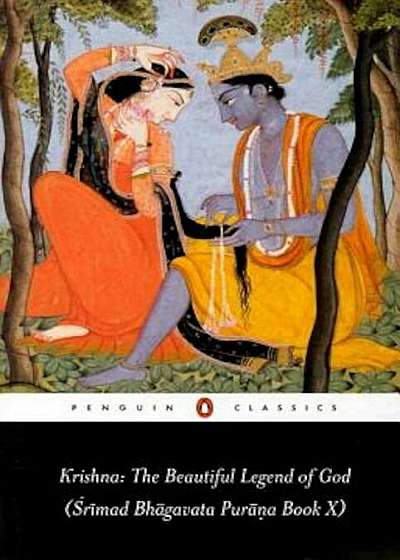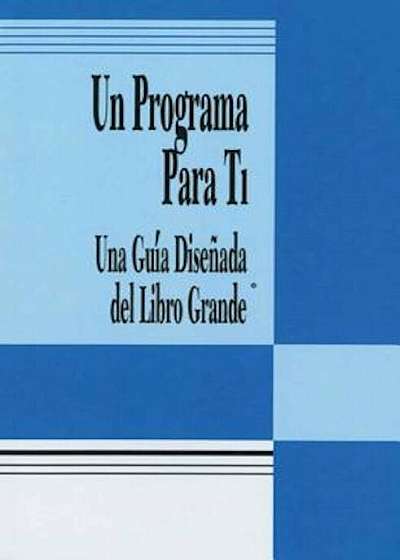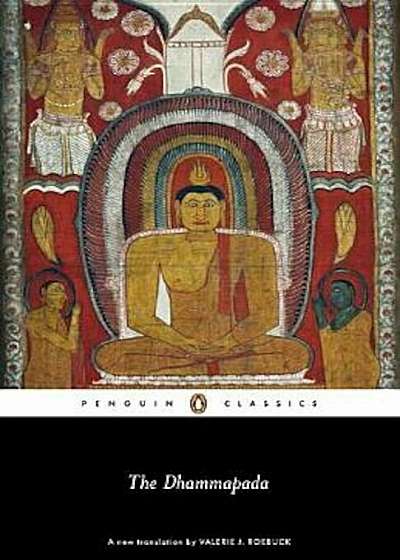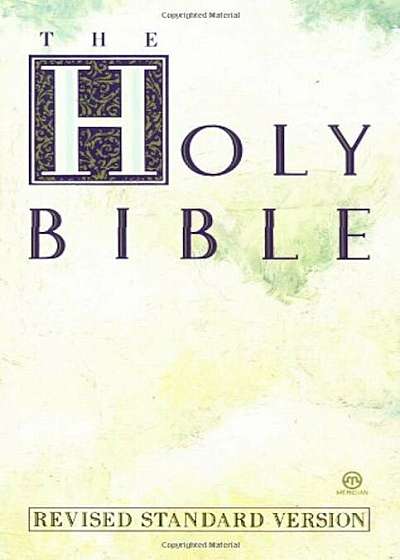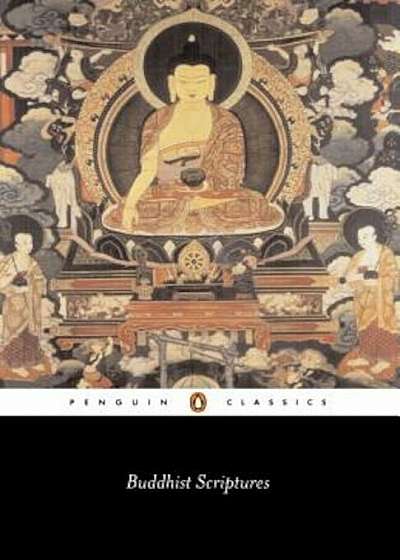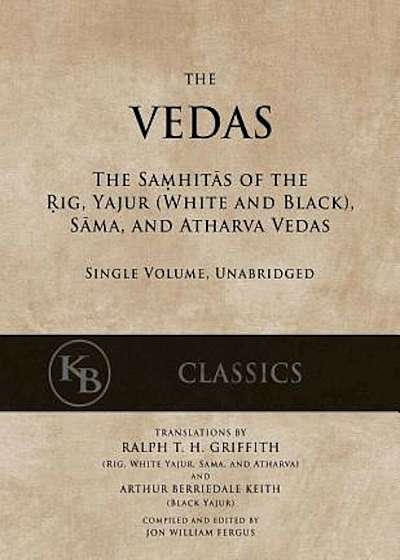
The Vedas: The Samhitas of the Rig, Yajur, Sama, and Atharva 'Single Volume, Unabridged', Paperback
Descriere
Contributor(s):Author: Anonymous Translator: Ralph T. H. Griffith Translator: Arthur Berriedale Keith The present volume is an unabridged compilation of all four Vedas (Rig, White and Black Yajur, Sama and Atharva). Four of the translations are from Ralph Griffith, with the remaining (black yajur) from Arthur Keith. The texts have been proofed and all Sanskrit terms updated and synced between versions. An Index-Dictionary of Sanskrit terms has been published as a second volume: ISBN: 978-1541304079. From the foreword: The Vedas (from the root vid, ""to know,"" or ""divine knowledge"") are the most ancient of all the Hindu scriptures. There were originally three Vedas-the Laws of Manu always speaks of the three, as do the oldest (Mukhya) Upanishads-but a later work called the Atharvaveda has been added to these, to now constitute the fourth. The name Rigveda signifies ""Veda of verses,"" from rig, a spoken stanza; Samaveda, the ""Veda of chants,"" from saman, a song or chant; Yajurveda, the ""Veda of sacrificial formulas,"" from yajus, a sacrificial text. The Atharvaveda derives its name from the sage Atharvan, who is represented as a Prajapati, the edlest son of Brahma, and who is said to have been the first to institute the fire-sacrifices. The complex nature of the Vedas and the array of texts associated with them may be briefly outlined as follows: ""The Rig-Veda is the original work, the Yajur-Veda and Sama-Veda in their mantric portions are different arrangements of its hymns for special purposes. The Vedas are divided into two parts, the Mantra and Brahmana. The Mantra part is composed of suktas (hymns in verse); the Brahmana part consists of liturgical, ritualistic, exegetical, and mystic treatises in prose. The Mantra or verse portion is considered more ancient than the prose works; and the books in which the hymns are collected are called samhitas (collections). More or less closely connected with the Brahmanans (and in a few exceptional cases with the Mantra part) are t

